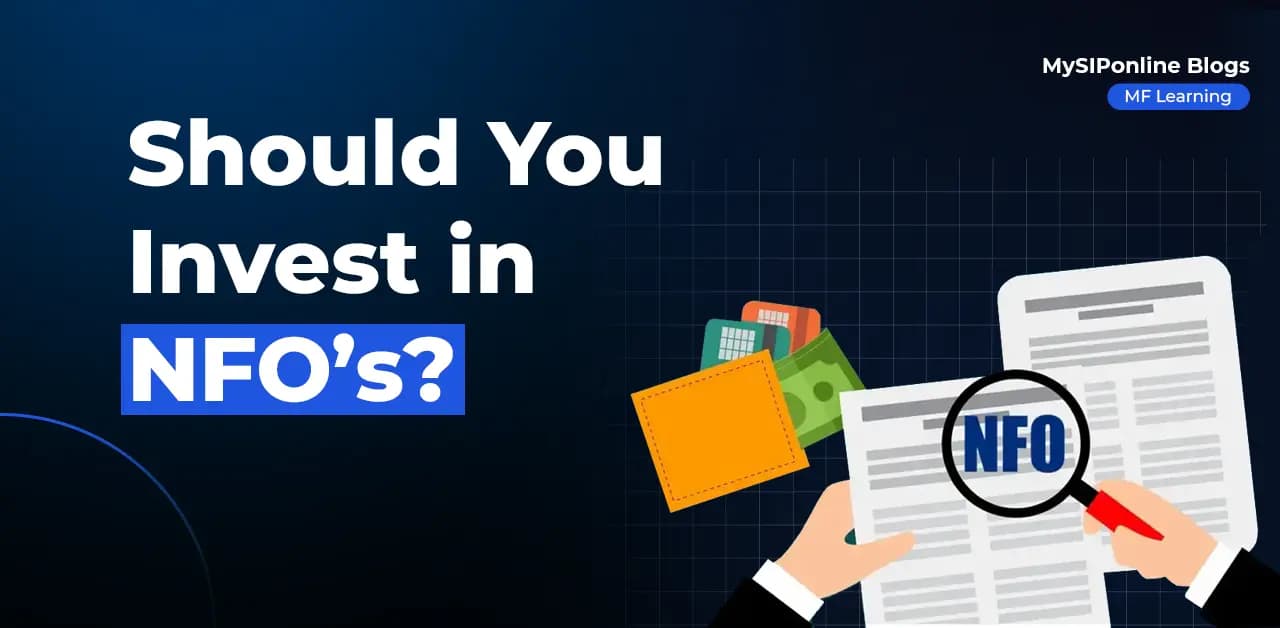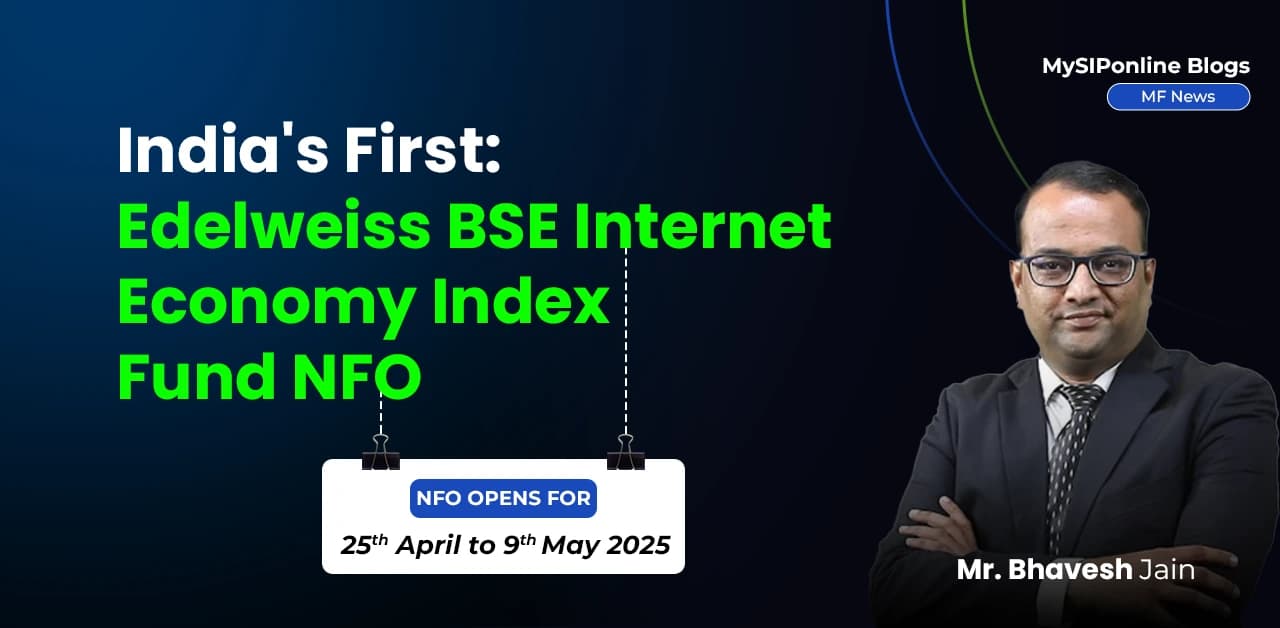Table of Contents
Whenever a fund house introduces a new NFO, it leads to generate a lot of excitement in the market. Recently, we have seen many new Mutual Funds being launched one after another. This New Fund Offer promises exciting investment opportunities and good returns. But why do fund houses keep launching new ones?
The answer is simple: they want to attract new investors and grow their business. By introducing NFOs they are intended to raise capital for the fund, these are less aggressive than IPOs. it's like a new product launch, where they offer something fresh and different to stand out. Now you get an idea of New fund offers let us delve into new fund offer types:
What are the Types of NFOs?
There are two types of NFOs:
-
Open Ended NFOs
An open-ended fund is a mutual fund that you can buy or sell whenever you like. There’s no maturity date, so you can stay invested in the fund for as long as you want. This flexibility allows you to enter or exit the fund at any time.
-
Close Ended NFOs
Close-ended funds are mutual funds with a set maturity period. This means that once you invest, your money is locked in until the fund matures. When the fund reaches its maturity date, your investment is automatically returned to you.
Key Benefits of Investing in New Fund Offers?
It’s time to know the advantages of what new mutual funds have:
-
New Investment Opportunities
Mutual fund NFOs are often created to take advantage of emerging market trends or investment themes. This allows investors to get in on new strategies early and potentially benefit from innovative approaches.
-
Affordable Entry Price
NFO units are usually available at a low starting price during the subscription period. While compared to other funds, this means you may purchase a greater number of units with a lower starting investment
-
Chance for Early Profits
Investing in an Best NFO from the beginning might lead to early profits if the fund performs well. Early investors have the opportunity to benefit from the fund's growth before it becomes more commonly recognised.
-
Experienced Fund Managers
New NFOs are generally managed by skilled fund managers who bring their expertise to the new fund. Investors might be attracted to these funds because of the manager's experience and their potential to deliver strong returns.
Drawbacks of Investing in NFOs
Let’s see some cons of investing in a new fund offer:
-
No Past Performance Data:
NFOs don’t have any historical performance record compared to established funds, you can’t see how they’ve performed in the past to predict future results.
-
Uncertain Results
You don’t know how an NFO will perform until it’s been through different market conditions. This makes it riskier to invest in NFOs because there’s no history to show how well they could perform.
-
Limited Information
NFOs often don’t provide as much information as existing funds. During the subscription period, you might find it hard to judge the fund’s potential because of the limited available details.
-
No Immediate Trading
You cannot purchase or sell mutual fund NFO units on the stock exchange immediately. They must be formally launched and listed first, which may be a downside if you want to trade right away.
Key Points to Think About Before Investing in NFOs
Research before Investing in new fund offer:
-
Background Check on the Fund House
Research the reputation and history of the fund house launching the NFO. Look at how well they’ve performed in the market and compared to their peers. Make sure the AMCs have at least 5 years of experience in the mutual fund industry. A trusted and experienced fund house is more likely to manage your investment effectively.
-
Investment Horizon
Decide how long you want to keep your money invested and make sure the NFO fits your timeline. Some funds are better for long-term investing, while others are suited for shorter periods.
-
Minimum Subscription Amount
Check the minimum amount needed to invest in the NFO, which can range from Rs. 500 to Rs. 5000. Ensure you can meet this minimum requirement before you invest.
-
Cost of Investment
Understand the total cost of investing in the NFO. While most NFOs don’t have an entry load, they may have an exit load, which is deducted from your redemption amount. High costs can lower your returns, so make sure they are reasonable.
-
Expense Ratio
Check the fund’s expense ratio to see how much it costs to manage the fund. Ensure its lower, as required by SEBI norms. A lower expense ratio means more of your money goes into investments instead of management fees, which is better for your returns.
-
The theme of the NFO
Check what the NFO focuses on, such as a specific sector or strategy. Make sure it matches your investment goals and offers good fund diversification. This helps spread out risk and can potentially improve your returns.
Final Statement
New Fund Offers (NFOs) of mutual funds can be exciting with fresh opportunities and low starting prices but come with risks like no past performance data. Before investing, research the fund house, understand the costs, and ensure it matches your investment goals.
For a more stable option, consider a Systematic Investment Plan (SIP), which allows regular investments and spreads out risk. Choose the option that best fits your financial goals.
Our Latest Blogs on New NFOs







.webp&w=3840&q=75)




